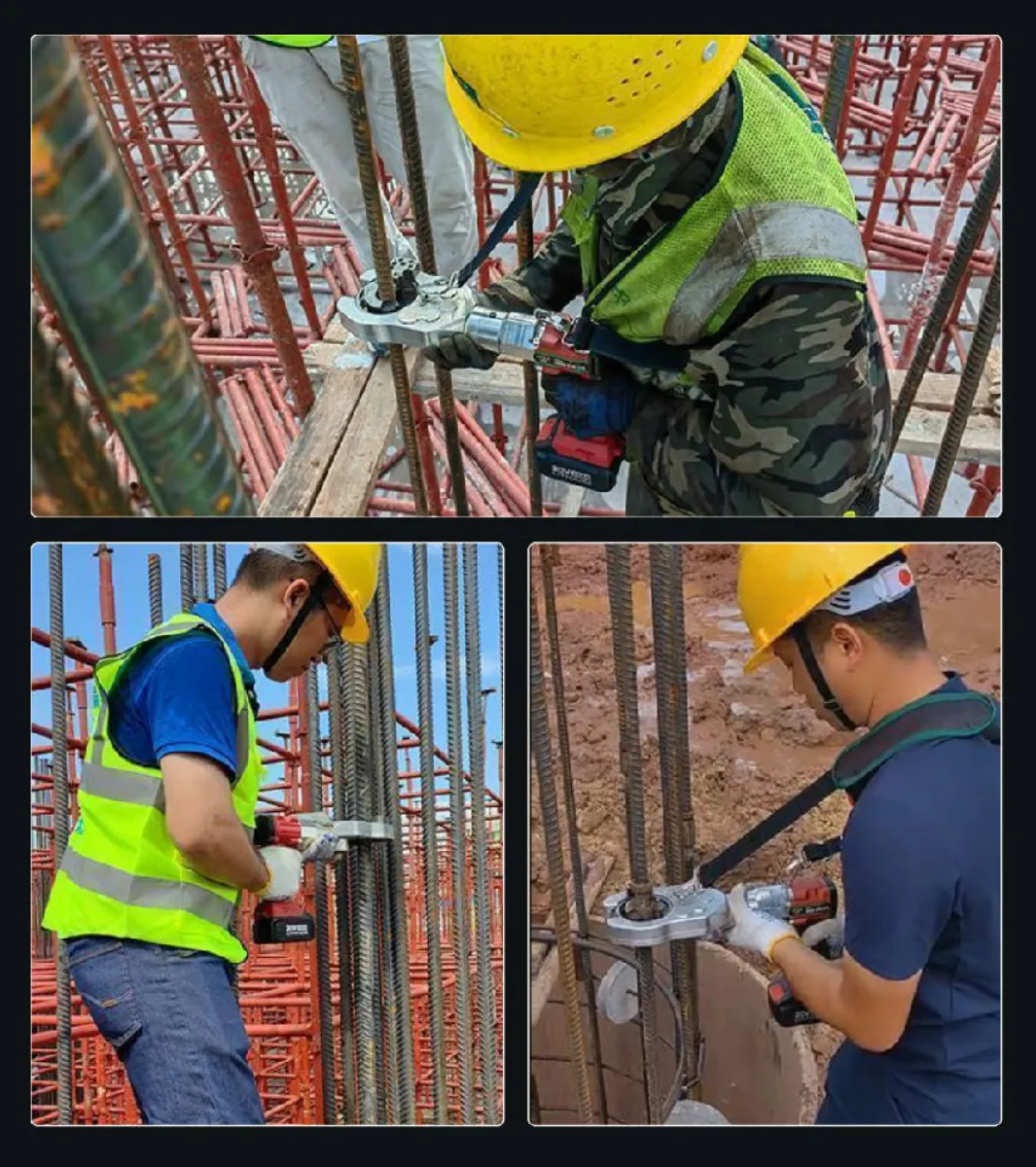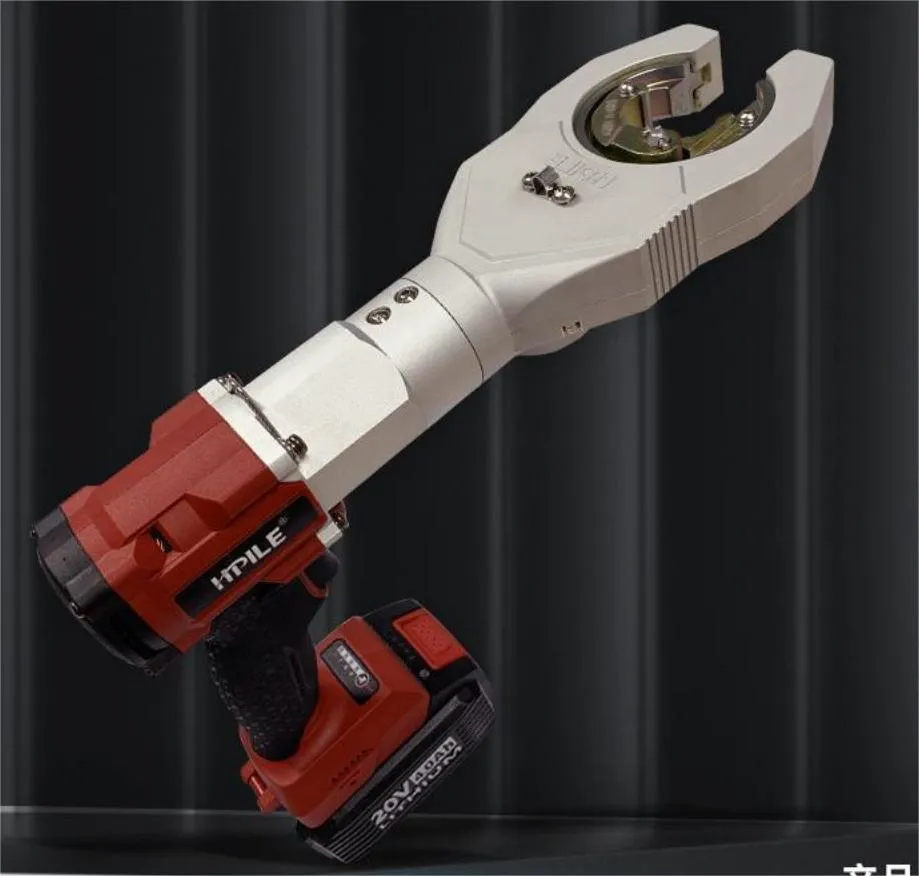Products Description
Introduction
The electric wrench for reinforcing bar sleeves is a specialized electric tool used in construction for mechanical connection (sleeve connection) of reinforcing bars. It is mainly used in conjunction with reinforcing bar sleeves (mechanical connection joints), and by precisely controlling the torque, it tightens the sleeves to achieve high-strength connection between two reinforcing bars. It is an efficient tool that replaces traditional welding and binding connections, and is widely used in large-scale projects such as high-rise buildings, bridges, subways, and water conservancy facilities.
Core functions and advantages
1. Achieving mechanical connection of reinforcing bars
The reinforcing bar sleeve is a metal sleeve with internal threads at both ends. During connection, the ends of the two reinforcing bars to be connected are processed into external threads, and then the reinforcing bars are screwed into the sleeve using an electric wrench. The connection is achieved through the interlock of the threads. Compared with welding (affected by environmental conditions and welder skills) and binding (low strength, high material consumption), mechanical connection has the advantages of high strength, stable quality, and high construction efficiency, especially suitable for connecting large-diameter reinforcing bars (such as those larger than Φ16mm).
2. Precise control of torque
The quality of reinforcing bar connection is mainly determined by "torque tightening" (must comply with the "Technical Code for Mechanical Connection of Reinforcing Bars" JGJ 107). The electric wrench has an internal torque control system, which can preset the standard torque corresponding to the diameter of the reinforcing bar (such as Φ25mm reinforcing bars usually require 300-350N·m). Once the set torque is reached, it automatically stops, avoiding over-tightening or under-tightening, and ensuring that the connection strength meets the standard.
Applicable scenarios:
• Main building structure: Reinforcement connection of beams, columns, and floor slabs;
• Large-scale infrastructure: Reinforcement connection of bridges, tunnels, and subway tracks;
• Prefabricated component production: Reinforcement pre-buried parts connection of prefabricated beams and slabs in prefabricated buildings;
• Steel reinforcement processing plant: Batch production of reinforced connection joints.




